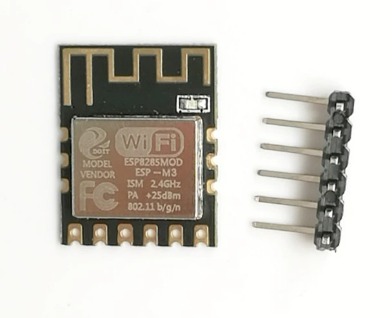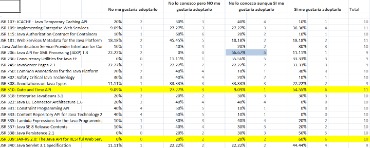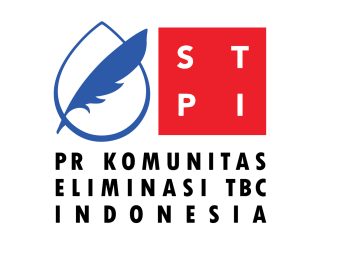
At times, software needs post-installation configurations at user end. Software is tested for portability and adaptability and integration related issues are solved during implementation. This is the first step where the user initiates the request for a desired software product. He contacts the service provider and tries to negotiate the terms. He submits his request to the service providing organization in writing. Baselines[clarification needed] are established after four of the five phases of the SDLC, and are critical to the iterative nature of the model.[21] Baselines become milestones.
342 Stories To Learn About Software Architecture – hackernoon.com
342 Stories To Learn About Software Architecture.
Posted: Mon, 05 Jun 2023 07:00:00 GMT [source]
The model is also used more generally as a high-level project management methodology for complicated, multifaceted projects. The waterfall model is a linear, sequential approach to the software development lifecycle (SDLC) that is popular in software engineering and product development. The Spiral model combines architecture and prototyping by stages. This model allows products to be released and refined through each phase of the spiral.
Disadvantages of the waterfall model
One more aspect of the Agile software life cycle is face-to-face communication. Considering that companies often outsource, meeting a customer face-to-face is problematic, but Agile offers video conferencing instead of audio calls to observe the body language. It helps to avoid some misunderstandings and build better relationships with clients. The following distinction is that Agile doesn’t ever leave customers in ignorance. Specialists on a provider’s side constantly stay in contact with the client. They give him updates on the performed work and familiarize him with the plan.
- Then comes the procedure of complete system optimization and the process of software structuring.
- Once a user is satisfied, the prototype is converted to the actual system with all considerations for quality and security.
- In this model, parallel testing ensures that all bugs and defects are known at the early stages.
One needs to upgrade the product as per system requirements and detect bugs to improve the user experience and future enhancements. Moreover, the developers may witness a bug or issue in the live software. The Incremental model is linear, as all phases follow on from each other. In this model, SDLC consists of mini-projects, each of which leads to a full-fledged product. Once all these systems are put together into a final software system, the product is ready to be launched.
Iterative Model
By leaving the client out of the main part of the waterfall process, the development team moves quickly through the phases of a project. Like Agile or Kanban, Waterfall refers to the traditional software development life cycle (SDLC) methodologies. That is why it is called ‘waterfall’, or sometimes the linear-sequential life cycle model. There are different software development life cycle models specify and design, which are followed during the software development phase. The agile methodology produces ongoing release cycles, each featuring small, incremental changes from the previous release.
It may seem that predictive models provide more permanence and sustainability that should theoretically result in fast product delivery and high app quality. However, it’s nearly impossible to plan a project that lasts one year or even more. No one can predict all the minor details that may appear in the middle of the process. That’s why heavyweight methodologies often face unexpectedly increased time frames when one subtle change in the scope results in the cascade of changes and ruins all plans.
Software Reliability
The maintenance phase is significant to meet existing customer needs with ease. The next phase in the SDLC process is analyzing and documenting the software needs. Also, this process is done with the help of a document called ‘Software Requirement Specification’ (SRS).

It’s surely easy enough for understanding and simple for managing. But if there’s a delay early on, the entire project can be prolonged beyond what is expected. With very limited room for review and revisions, once https://traderoom.info/coding-clinic-offers-important-guidelines-for/ a phase is finished, issues can’t be repaired until the product is in the maintenance stage. Hence, the methodology doesn’t work well when there’s a need for flexibility with long-term and ongoing projects.
Operation and Maintenance
This model is something out-of-the-box in software development. Its highlight is that there isn’t any specific process developers have to follow. There is the only stage – bang, which means starting the project immediately. Even the customer requirements are not clearly defined according to this model. As a rule, there are one or two developers working on the project. It may seem chaotic, but it works for small projects by saving time, energy, and cost on the initial stages.
What are the common SDLC models?
- Agile. The Agile model first emerged in 2001 and has since become the de facto industry standard.
- Lean. The Lean model for software development is inspired by ‘lean’ manufacturing practices and principles.
- Waterfall.
- Iterative.
- Spiral.
- DevOps.
QA specialists document them and pass them back to the developers for fixing. The testing process repeats until all the critical issues are removed, and the software workflow is stable. Specialists who work actively at this phase are software engineers, system architects, database specialists, designers. And of course, BA, PM, and tech leads remain a permanent part of the software development process. There are many different SDLC models in software engineering, and they vary according to many factors.
Manage Business and Software Risk
They analyze the aspects that are necessary to achieve the final goal. Defining and establishing requirements determines what the application will do and the resources needed to build the project. For example, if a team wants to develop software to control a robot that cleans, then the physical robot would be a requirement in the process. In the incremental model, developers can break down the software requirements into different standalone modules. Incremental software development contains multiple steps like high-level design, implementation, testing, and maintenance. Other than that, each iteration passes through the phases mentioned above.
When DevOps Meets Security to Protect Software – InfoQ.com
When DevOps Meets Security to Protect Software.
Posted: Mon, 03 Apr 2023 07:00:00 GMT [source]
What is the standard of SDLC?
SDLC is a framework defining tasks performed at each step in the software development process. ISO/IEC 12207 is an international standard for software life-cycle processes. It aims to be the standard that defines all the tasks required for developing and maintaining software.
